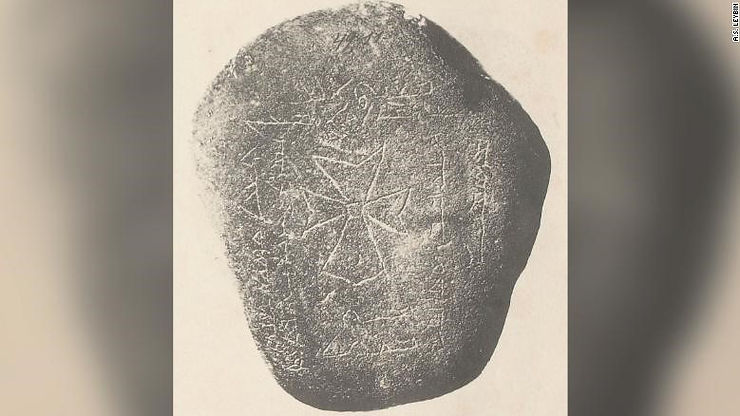By: Nina Gupta
On Wednesday, June 15th, a group of researchers led by Wolfgang Haak and Johannes found a clue on how the Black Death began. The bacterium Yersinia pestis, which is the same bacteria that caused the Black Death, was found in the pulp of skeleton teeth near the Issyk-Kul Lake in Kyrgyzstan.
The Black Death is caused by Yersinia pestis, a bacterium that is carried by fleas. These fleas generally live on rodents, and the research group found that the marmots spread the bacteria to the victims in the area.
The hunt for the cause of the most fatal epidemic in human history began over a decade ago; a London study from 2014 reported that plague bacteria could be found in skeleton teeth, paving the way for the much more recent study reported the past Wednesday in Kyrgyzstan.
Through analysis of plague victims from other sites, researchers found that the plague’s variants all came from the same bacteria strain. In an article published by CNN, reporter Katie Hunt wrote that studies on plague victims buried in different grave sites throughout Europe and southern Russia “showed an explosion in diversity of plague strains – a big bang – that occurred in the evolution of the plague bacterium sometime before the Black Death ravaged Europe — most likely in the 10th and 14th centuries.”
The plague strain found in Kyrgyzstan was from the original strain of plague bacteria, not one of the four variants that it eventually exploded into. The research group proposed that this was where the Big Bang started, which ultimately means that Kyrgyzstan was where the Black Death originated.
The gravestones in the Kyrgyzstani cemeteries had precise dates on them, and some also had inscriptions in Syriac. This proves that the person had died of disease, which the researchers later confirmed as the Black Death. During the year that those people died, the death rate in the area also increased.
Dr. Slavin explained, “That brought it to my attention because it wasn’t just any year.” He also noted that it was 1338, “just seven or eight years before the Black Death came to Europe.”
This breakthrough puts researchers and historians one step closer to discovering exactly where and how the Black Death originated.











